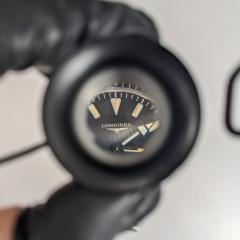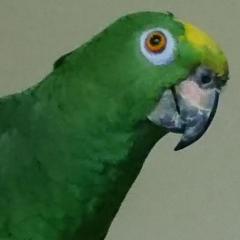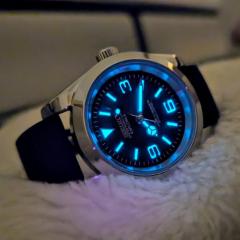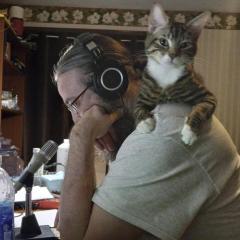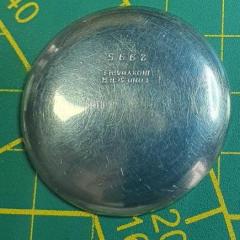Regulation, Watch Performance and Timing Machine (Timegrapher) Readings/Results
Discuss general regulation techniques, watch performance issues and your timing machine readings (traces).
Balance Wheel Adjustment, Hairspring Adjustment, Regulating Watches, Setting Watches in Beat, Lift Angle
203 topics in this forum
-
- 17 replies
- 4.8k views
-
- 3 replies
- 2k views
-
Trying to gauge the quality of my services because i'm being offered my first paid gigs. How's this reading look for a 7s26 movement? 1 2 3 4 5
- 111 replies
- 10.7k views
-
- 0 replies
- 2.4k views
-
- 7 replies
- 1.4k views
-
- 1 reply
- 1.3k views
-
- 27 replies
- 4k views
-
- 3 replies
- 1.7k views
-
- 1 reply
- 1.3k views
-
- 32 replies
- 5.2k views
-
- 6 replies
- 1.6k views
-
- 1 reply
- 968 views
-
- 3 replies
- 1.1k views
-
- 28 replies
- 3.9k views
-
- 50 replies
- 5.1k views
-
- 22 replies
- 2.1k views
-
- 10 replies
- 1.8k views
-
- 3 replies
- 3.2k views
-
- 2 replies
- 990 views
-
- 2 replies
- 1.7k views
-
- 4 replies
- 1.5k views
-
- 5 replies
- 1.5k views
-
- 3 replies
- 1.3k views
-
- 9 replies
- 3.6k views
-
- 7 replies
- 1.4k views

